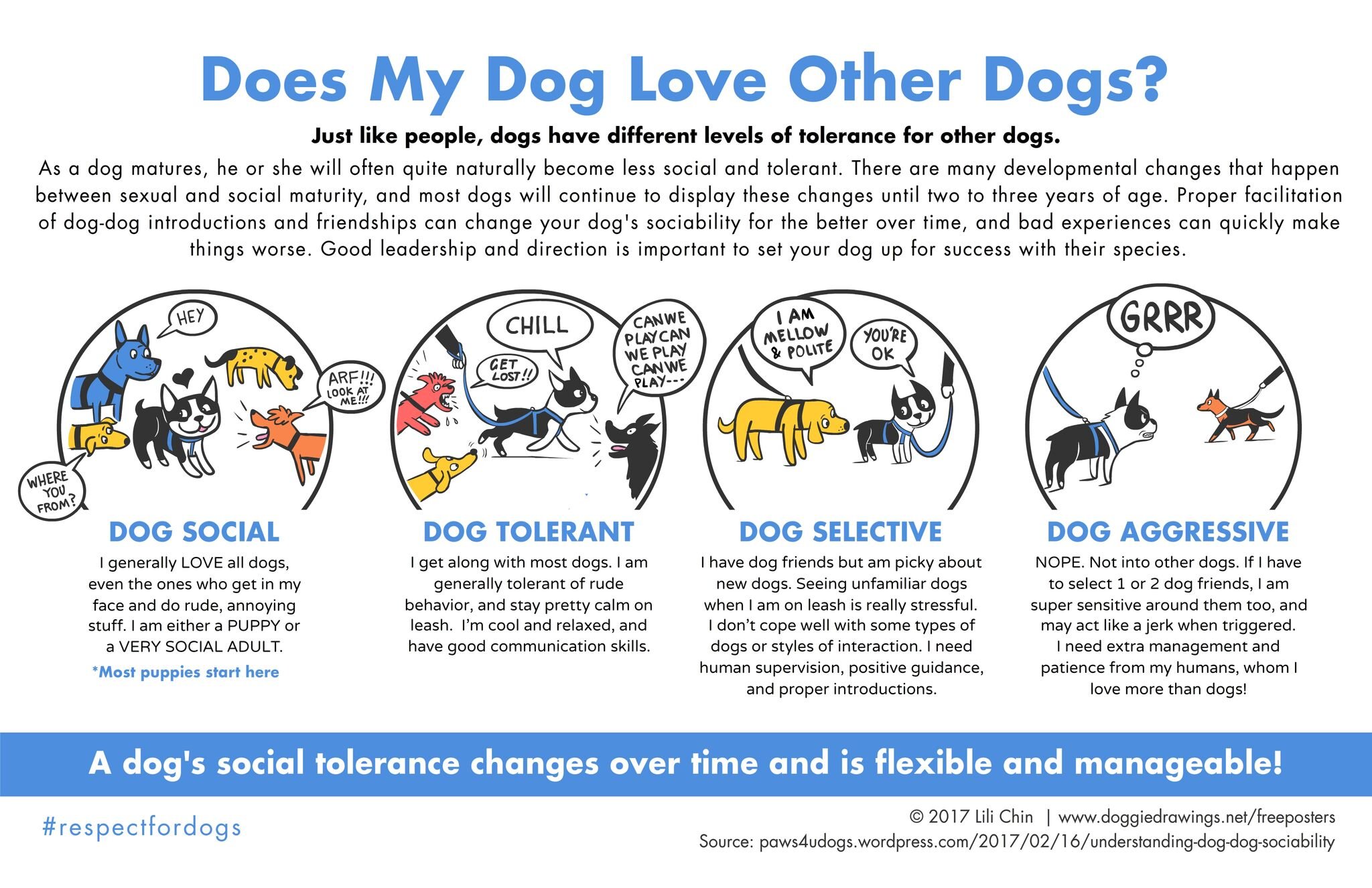
SOCIALIZATION
It is important to expose your new dog or puppy to the sights, sounds, people and animals he will be expected to interact with in his new life. After he has had a chance to settle in and become comfortable with his family and home environment, take him out and introduce him to new experiences slowly. Be sure to praise and reward him, and make any new experience a positive one for him.
Multi-Dog Household
Having more than one dog is a wonderful experience. Dogs are highly social creatures, and many of them really enjoy canine companionship when they are living with a well-matched dog. However, introducing a new dog into your home can feel overwhelming by itself, let alone when you already have one or more dogs at home!
Dogs that live in groups naturally establish a social structure. This structure serves to maintain order, reduce conflict and promote cooperation among group members. Successful management of a multi-dog household includes keeping all members safe during the adjustment period and maintaining good interactions and a healthy relationship between your dogs. Here are some tips for making this happen:
Use confinement (crate and tether) at first, to allow your resident dog time to gradually adjust to the presence of a new dog in their household.
Always be aware of the body language of your dogs during all interactions, but especially these early ones. Information on reading dog body language can be found in this packet. Dogs give each other signals all the time. If their body language indicates that one dog is irritating the other or that they are beginning to get too charged up during play, separate them to allow time to cool off and calm down.
Feed your dogs separately to avoid squabbles over food, and supervise feedings at first.
Pick up any high value toys or objects (like pig’s ears, rawhides, NylaBones or other chewies) to avoid conflict. Some guarding of valuable resources between dogs is normal (food is a resource that’s valued very highly by canines), but should be avoided whenever possible.
Spend a sufficient amount of time with your dogs, together and separately. Just like humans need time away from their significant others or families, dogs in a family need to spend some time separate, too. Spending one-on-one time with each of your dogs will help to strengthen their bonds with you, and spending time together will allow them opportunities to learn how to co-exist peacefully.
Do not leave your dogs alone unsupervised! It is important that you monitor all interactions for the first several weeks. Confine one (or both) of your dogs whenever you cannot supervise them, until you are 100% comfortable that there will be no fights when you are not present to manage and intervene.
Brush up on your resident dog’s obedience training! And, of course, spend time training your new dog. Good obedience will make management of your multi-dog household much, much easier. Recommende

